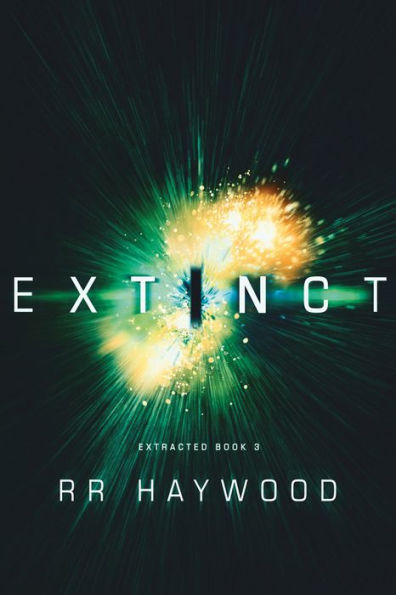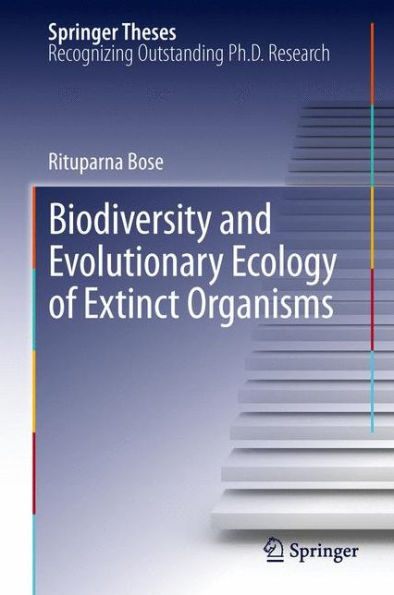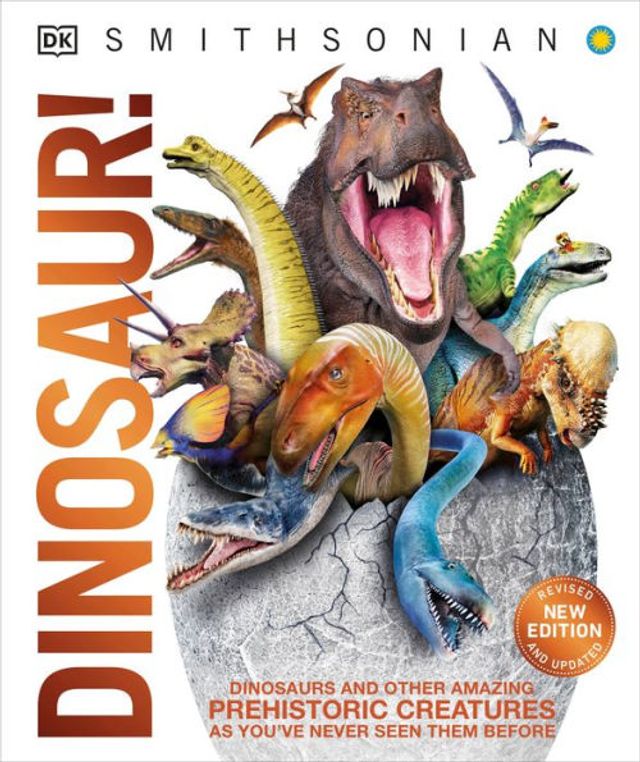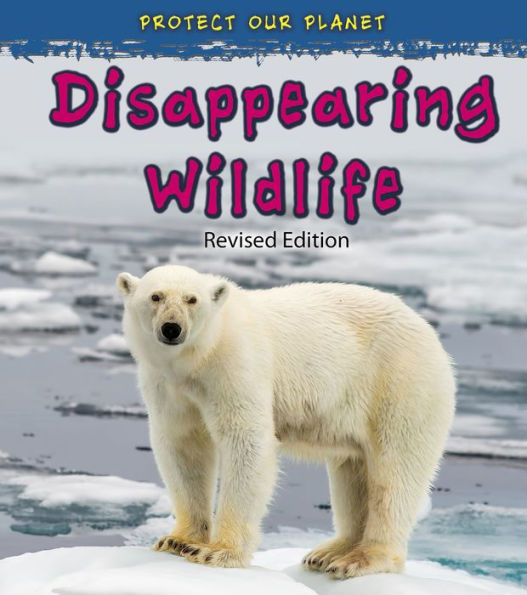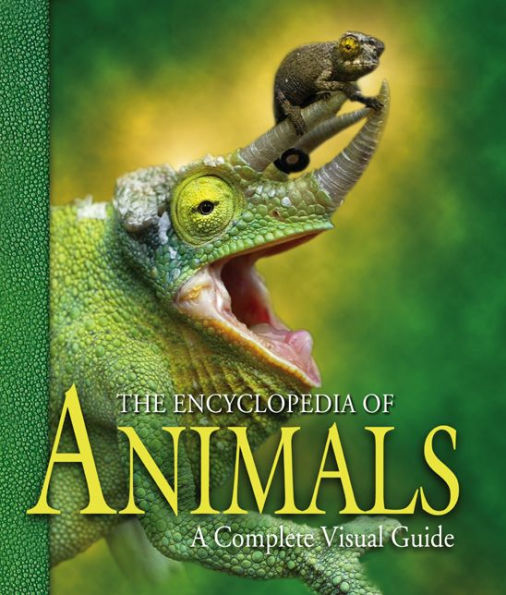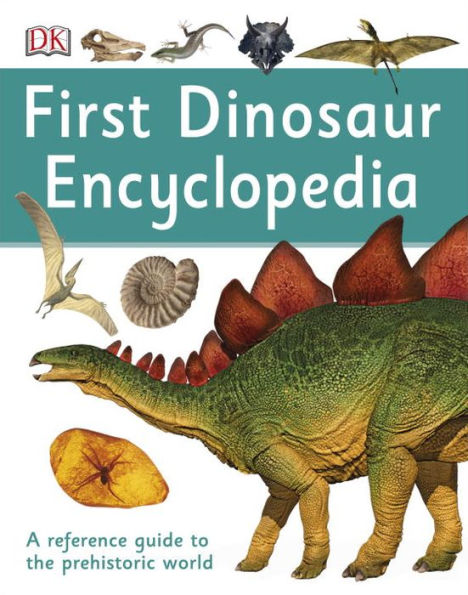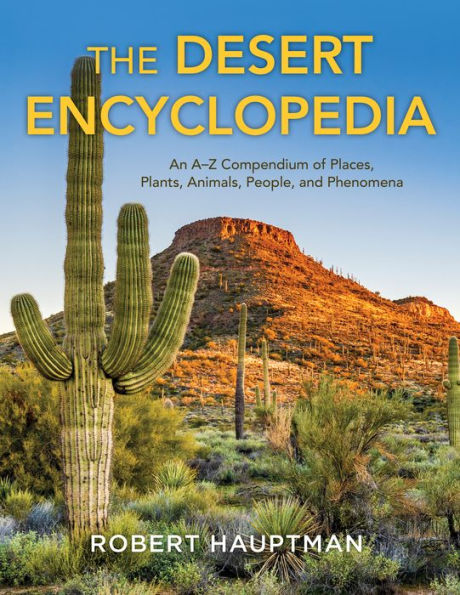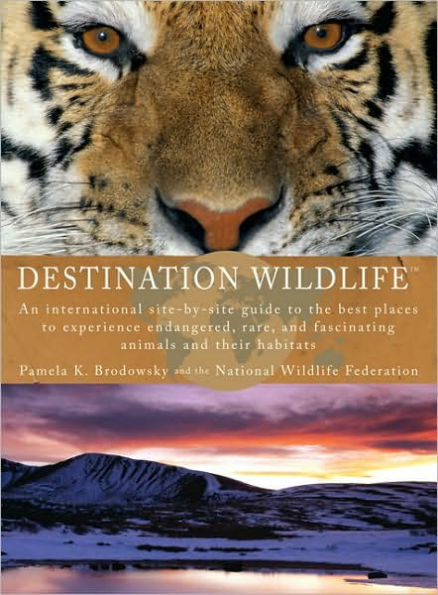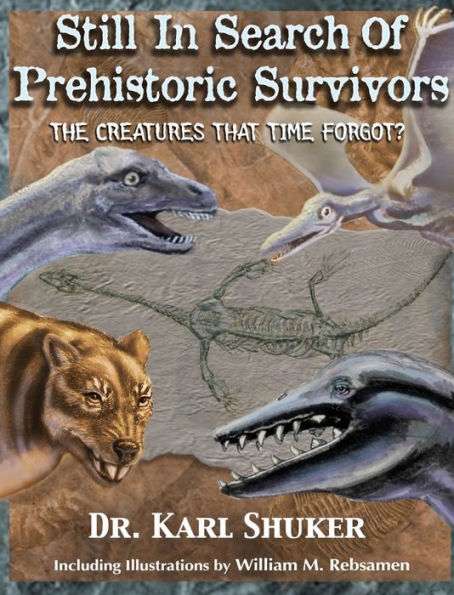Home
Extinct Animals: An Encyclopedia of Species that Have Disappeared during Human History
Loading Inventory...
Barnes and Noble
Extinct Animals: An Encyclopedia of Species that Have Disappeared during Human History
Current price: $103.00
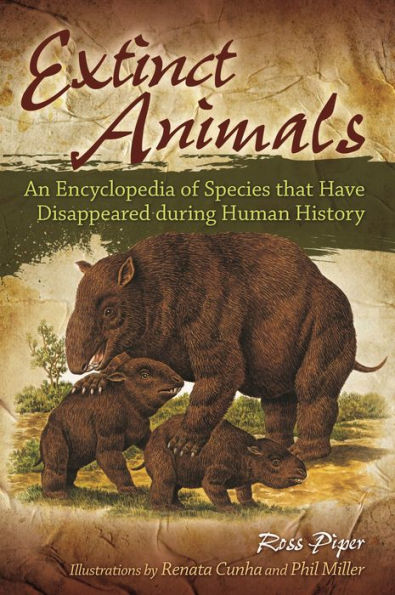

Barnes and Noble
Extinct Animals: An Encyclopedia of Species that Have Disappeared during Human History
Current price: $103.00
Loading Inventory...
Size: OS
*Product Information may vary - to confirm product availability, pricing, and additional information please contact Barnes and Noble
Everyone is familiar with the dodo and the wooly mammoth, but how many people have heard of the scimitar cat and the Falkland Island fox?
portrays over 60 remarkable animals that have been lost forever during the relatively recent geological past. Each entry provides a concise discussion of the history of the animal—how and where it lived, and how it became extinct—as well as the scientific discovery and analysis of the creature. In addition, this work examines what led to extinction—from the role of cyclical swings in the Earth's climate to the spread of humans and their activities. Many scientists believe that we are in the middle of a mass extinction right now, caused by the human undermining of the earth's complex systems that support life. Understanding what caused the extinction of animals in the past may help us understand and prevent the extinction of species in the future.
examines the biology and history of some of the most interesting creatures that have ever lived, including: The American Terror Bird, which probably became extinct over 1 million years ago, who were massive predators, some of which were almost 10 feet tall; the Rocky Mountain Locust, last seen in 1902, formed the most immense animal aggregations ever known, with swarms estimated to include over 10 trillion insects; the Giant Ground Sloth, which was as large as an elephant; and the Neandertals, the first Europeans, which co-existed with prehistoric Homo sapiens.
includes illustrations—many created for the work—that help the reader visualize the extinct creature, and each entry concludes with a list of resources for those who wish to do further research.
